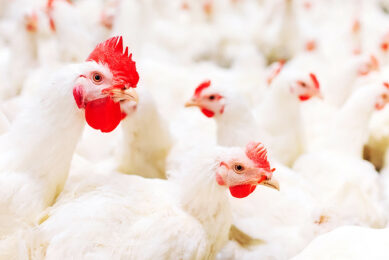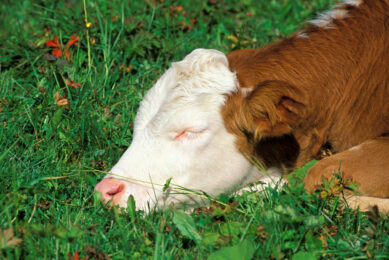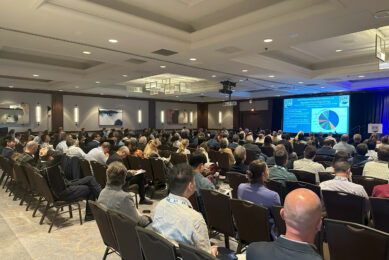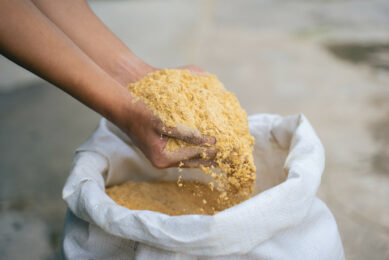EFSA opinion on inclusion rate silage inoculant
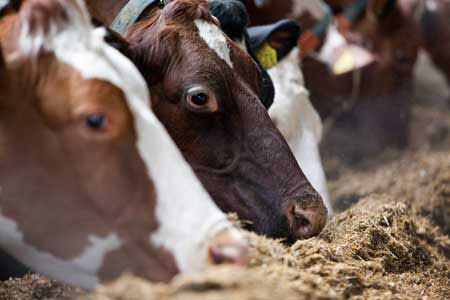
Lactobacillus plantarum, when used as a technological additive intended to improve the ensiling process, works best at an inclusion rate of 5 × 107 and 1 × 108 CFU/kg forage.
This was the conclusion of the Panel on Additives and Products or Substances used in Animal Feed (FEEDAP, part of EFSA) that was asked by the EU to deliver a scientific opinion on the safety for target animals, consumers, users and for the environment, and on the efficacy of a product based on this strain at a minimum proposed dose of 1 × 108 colony-forming units (CFU)/kg fresh material.
Lactobacillus plantarum is the most common bacterium used in silage inoculants. During the anaerobic conditions of ensilage, these organisms quickly dominate the microbial population, and, within 48 hours, they begin to produce lactic and acetic acids. L. plantarum is considered by EFSA to be suitable for the qualified presumption of safety approach to safety assessment and not to require any specific demonstration of safety other than confirming the absence of resistance to antibiotics of human and veterinary clinical significance. As the identity of the strain has been clearly established and as no antibiotic resistance was detected, the use of the strain in the production of silage is presumed safe for livestock species, for consumers of products from animals fed the treated silage and for the environment. The additive should be regarded as a skin and eye irritant and a potential skin and respiratory sensitiser, and treated accordingly, addressed EFSA.
A total of seven studies with laboratory-scale silos, each lasting at least 90 days, were carried out using samples of forage of differing water-soluble carbohydrate content representing material considered easy, moderately difficult and difficult to ensile. In each case, replicate silos containing treated forage were compared with identical silos containing the same but untreated forage.
The FEEDAP Panel concluded that the additive has the potential to improve the production of silage from easy, moderately difficult and difficult to ensile forage species by reducing the pH and increasing the preservation of dry matter. This was most consistently shown at application rates of 5 × 107 and 1 × 108 CFU/kg forage.
Source: EFSA




